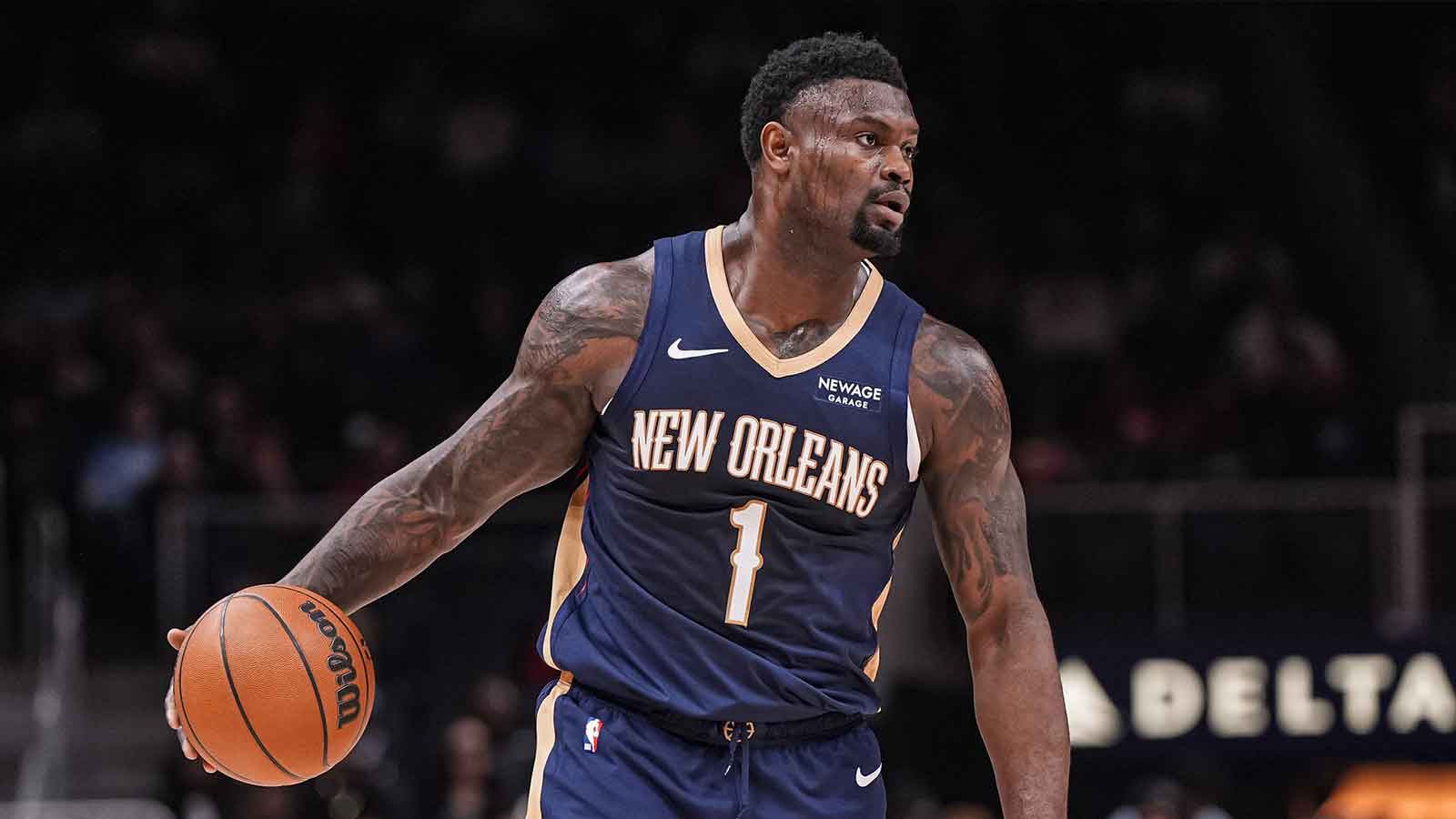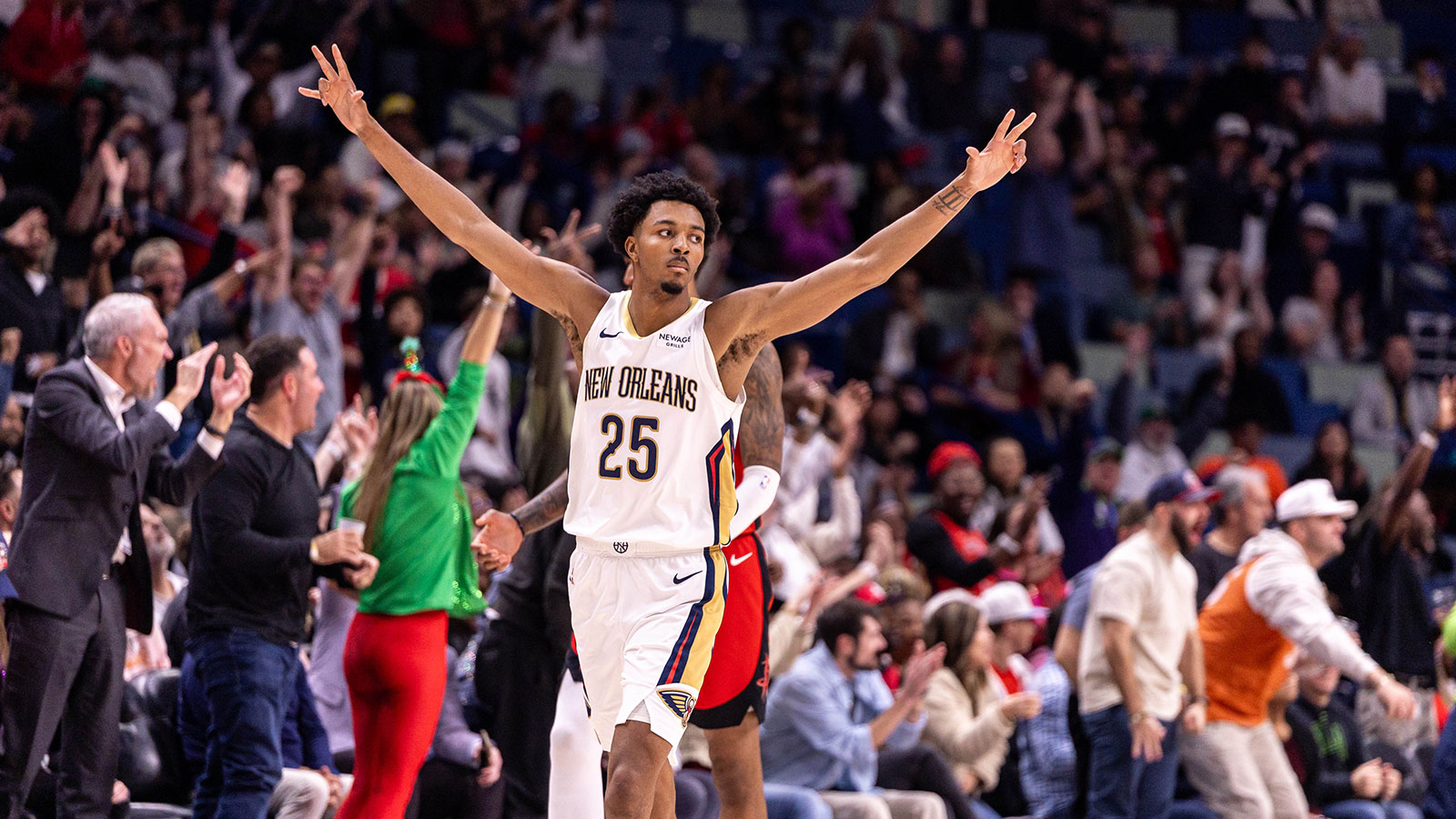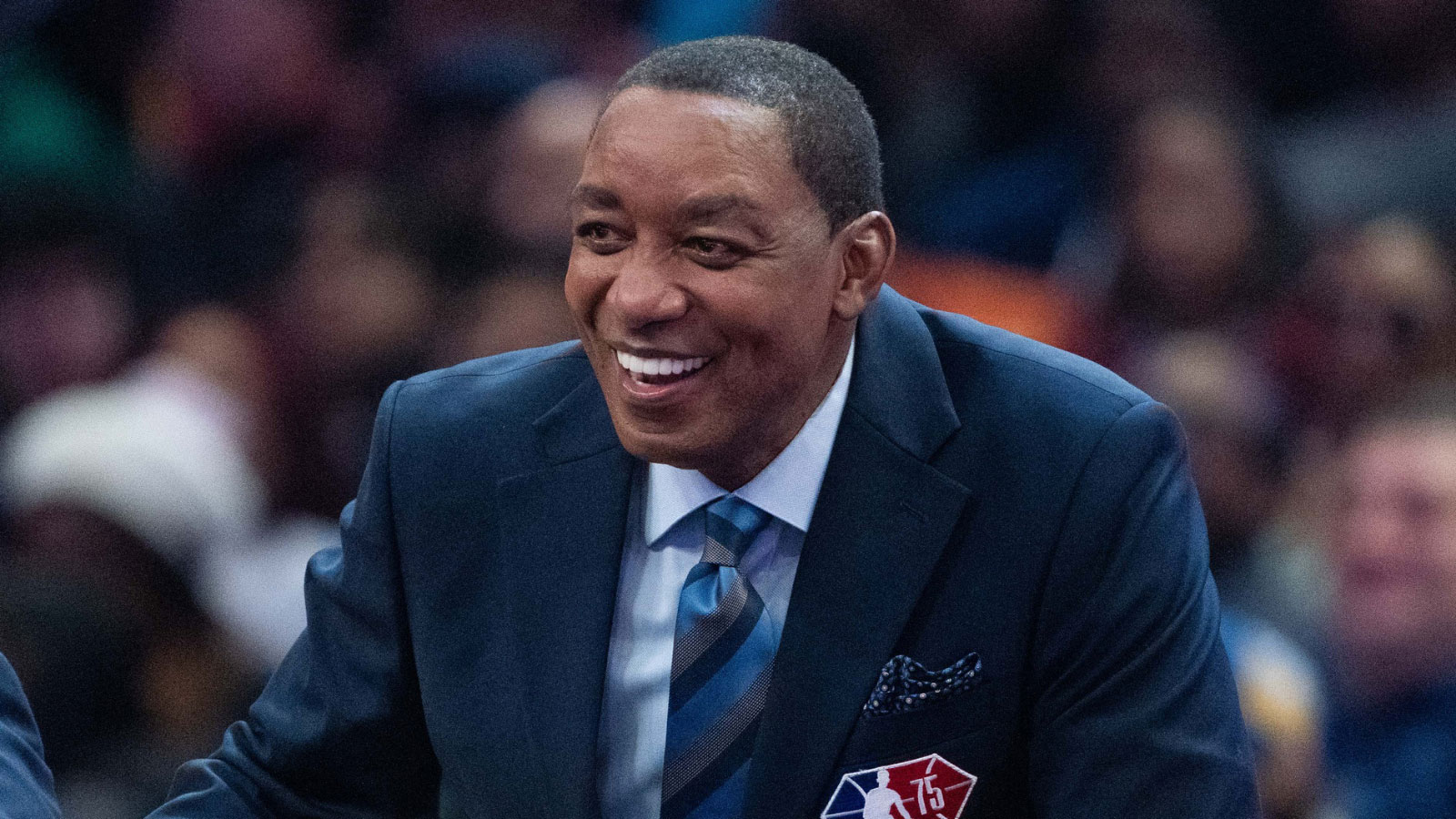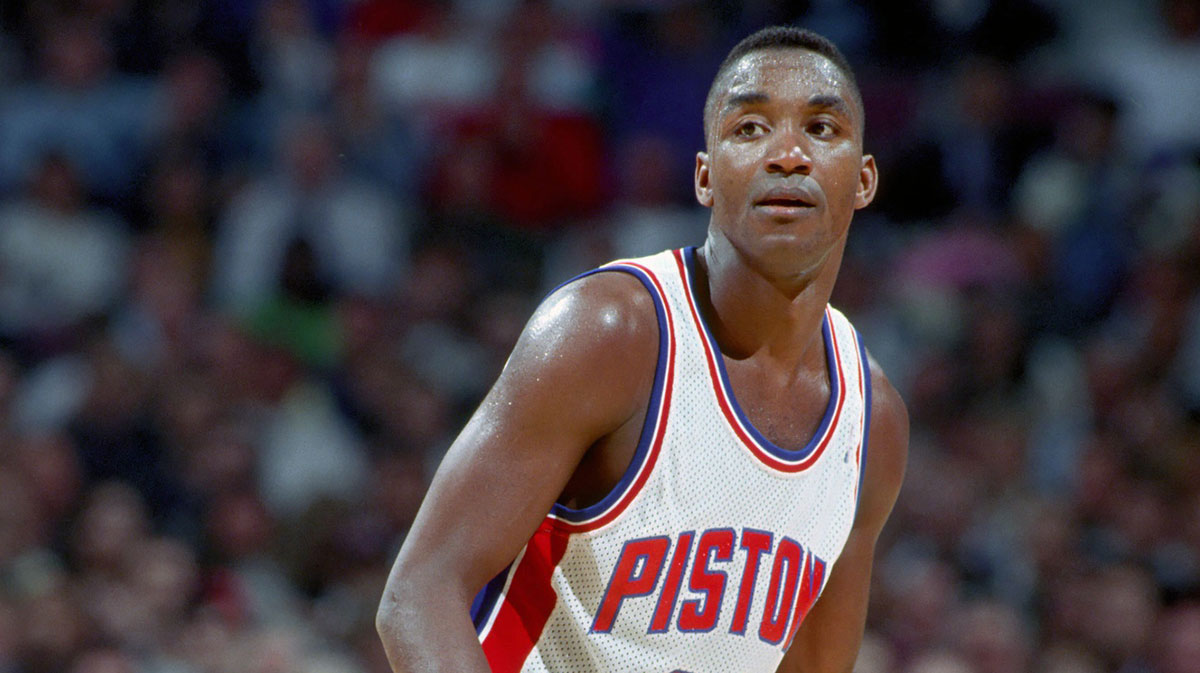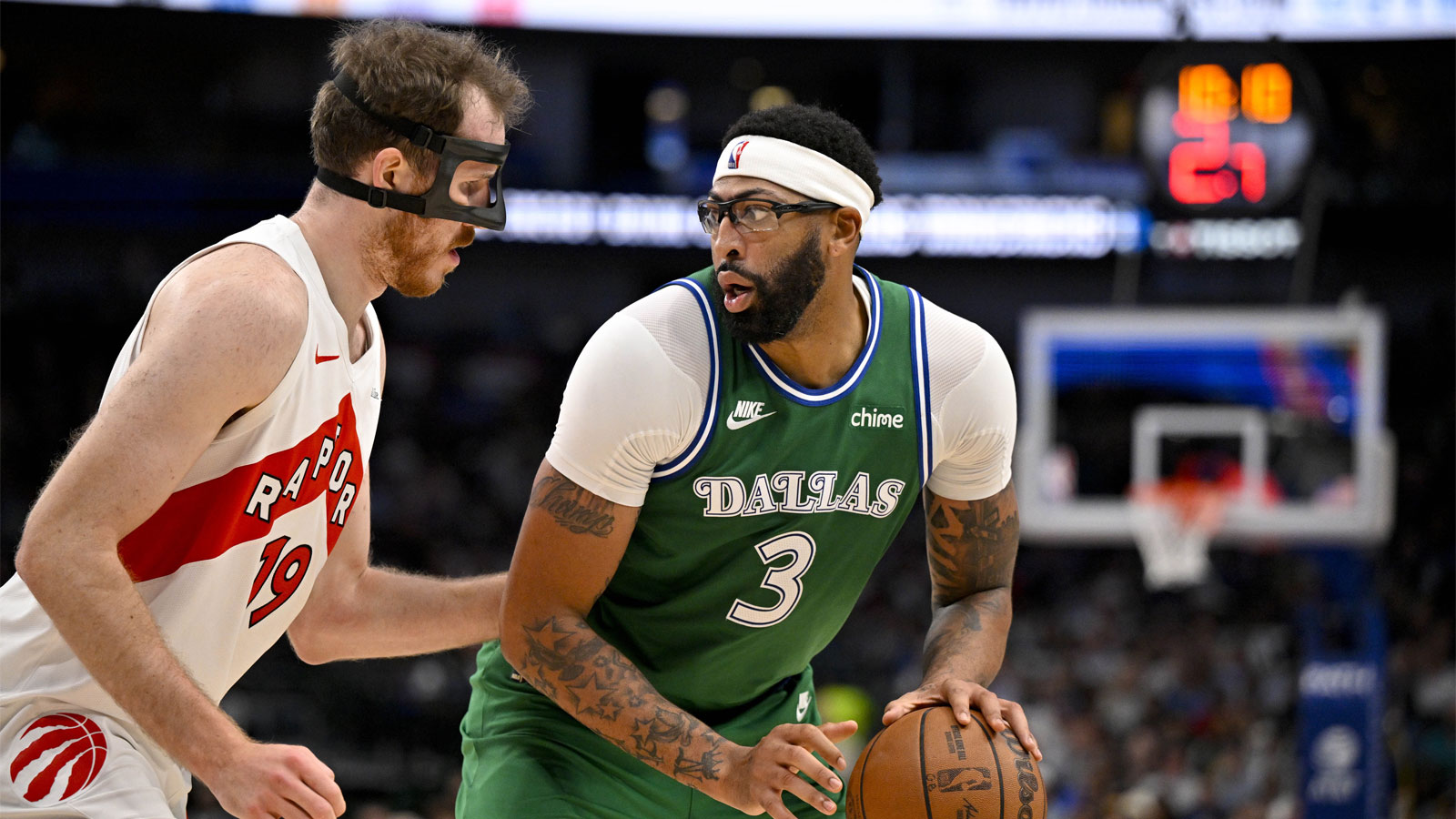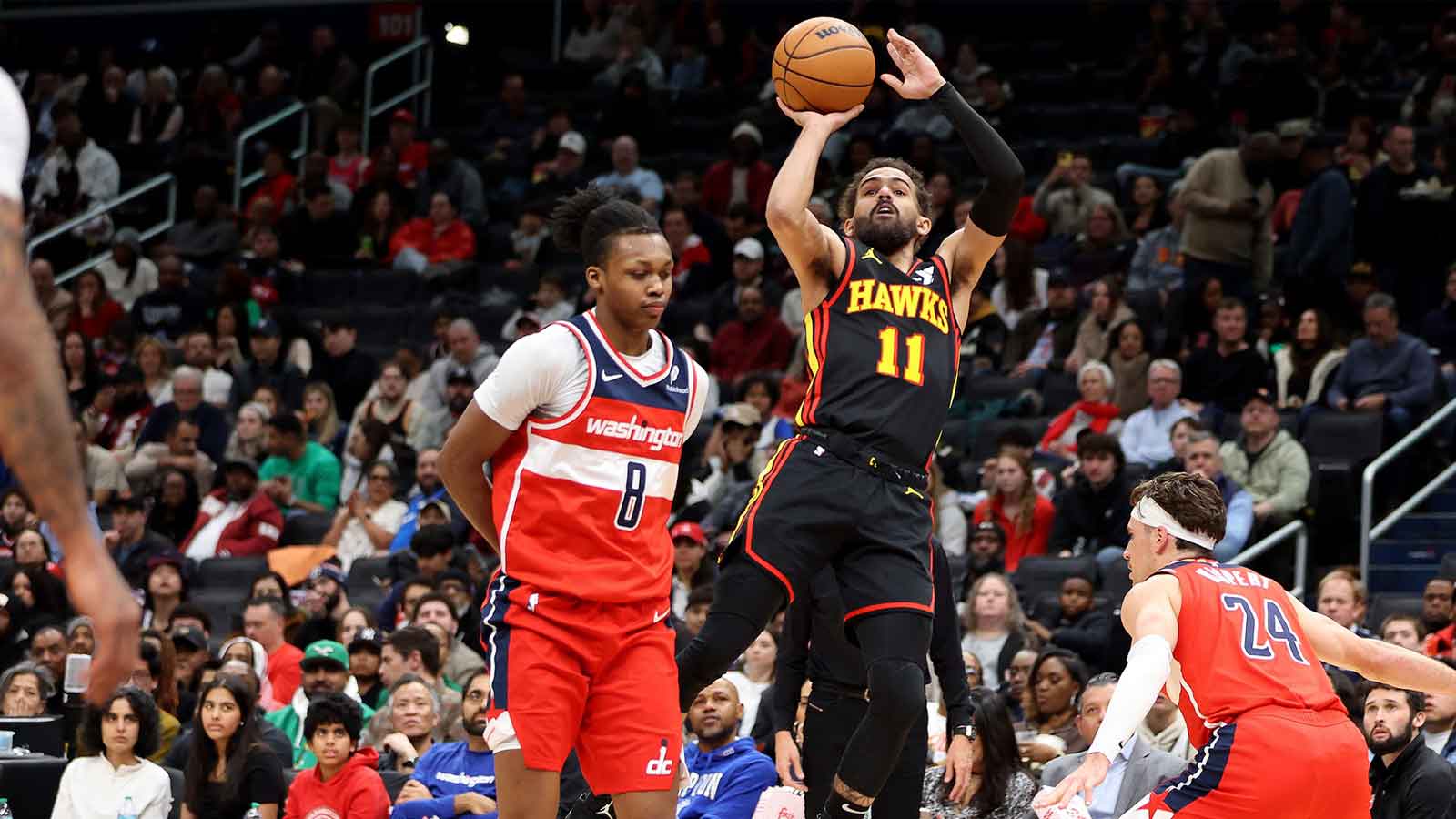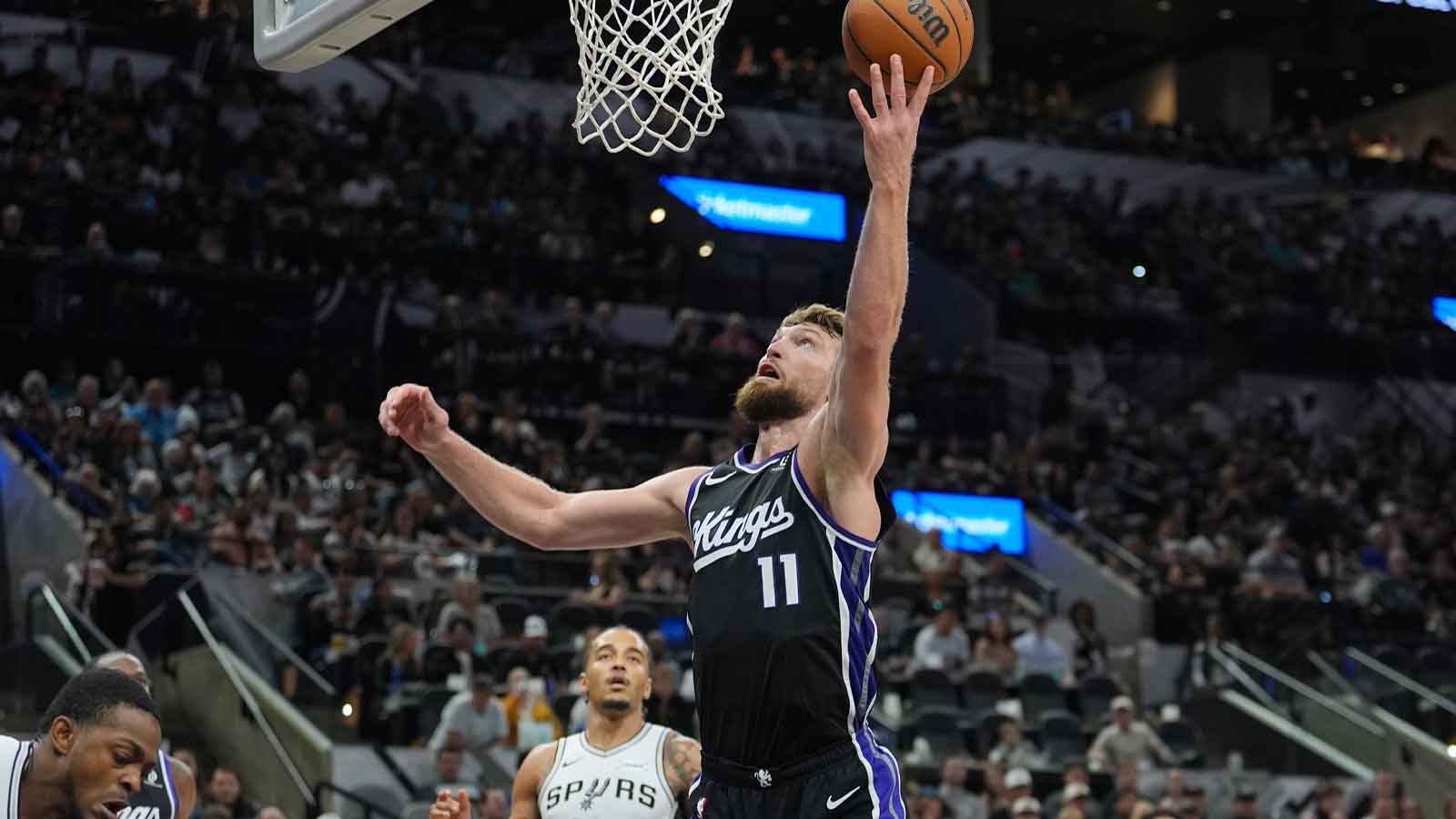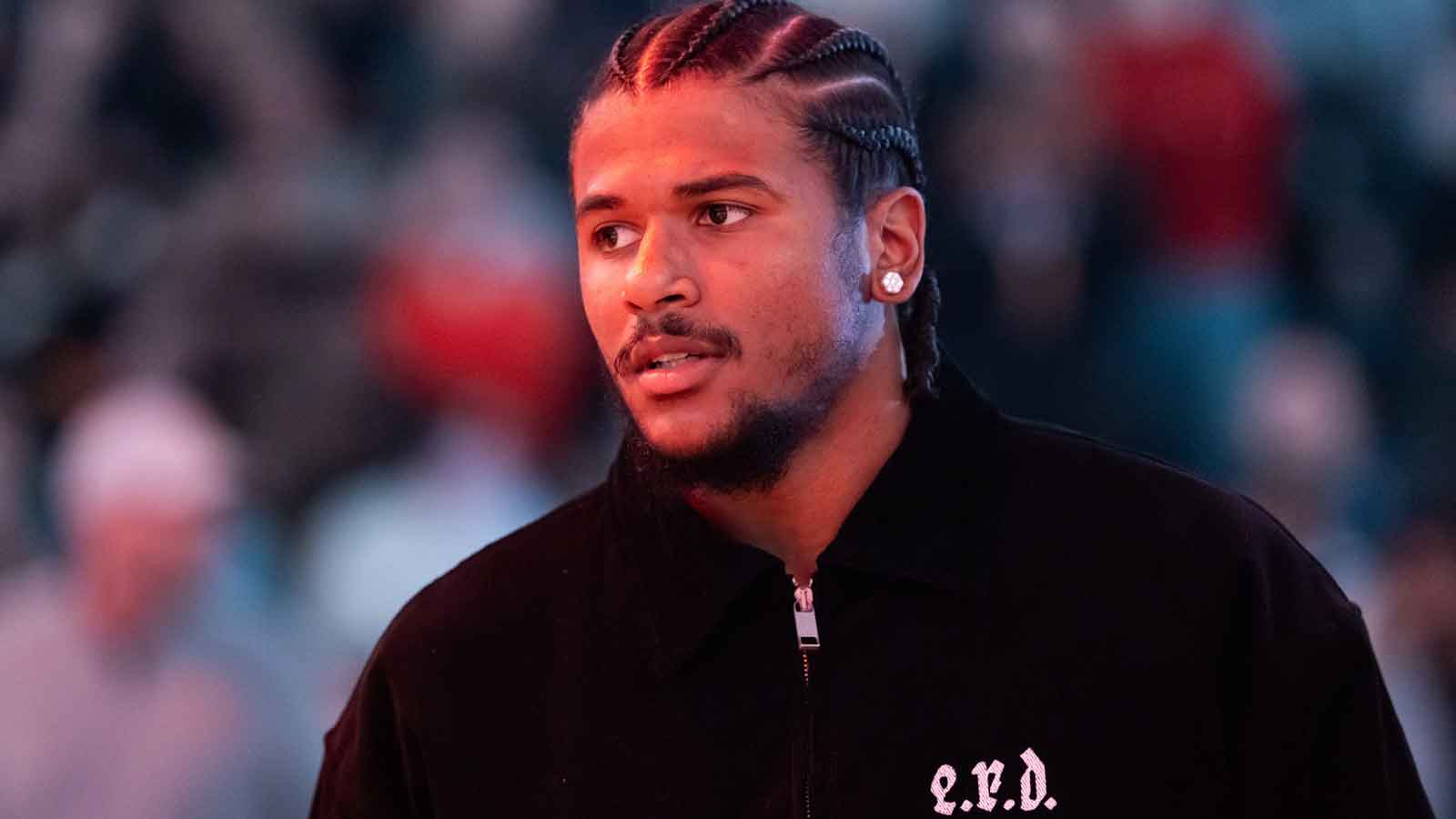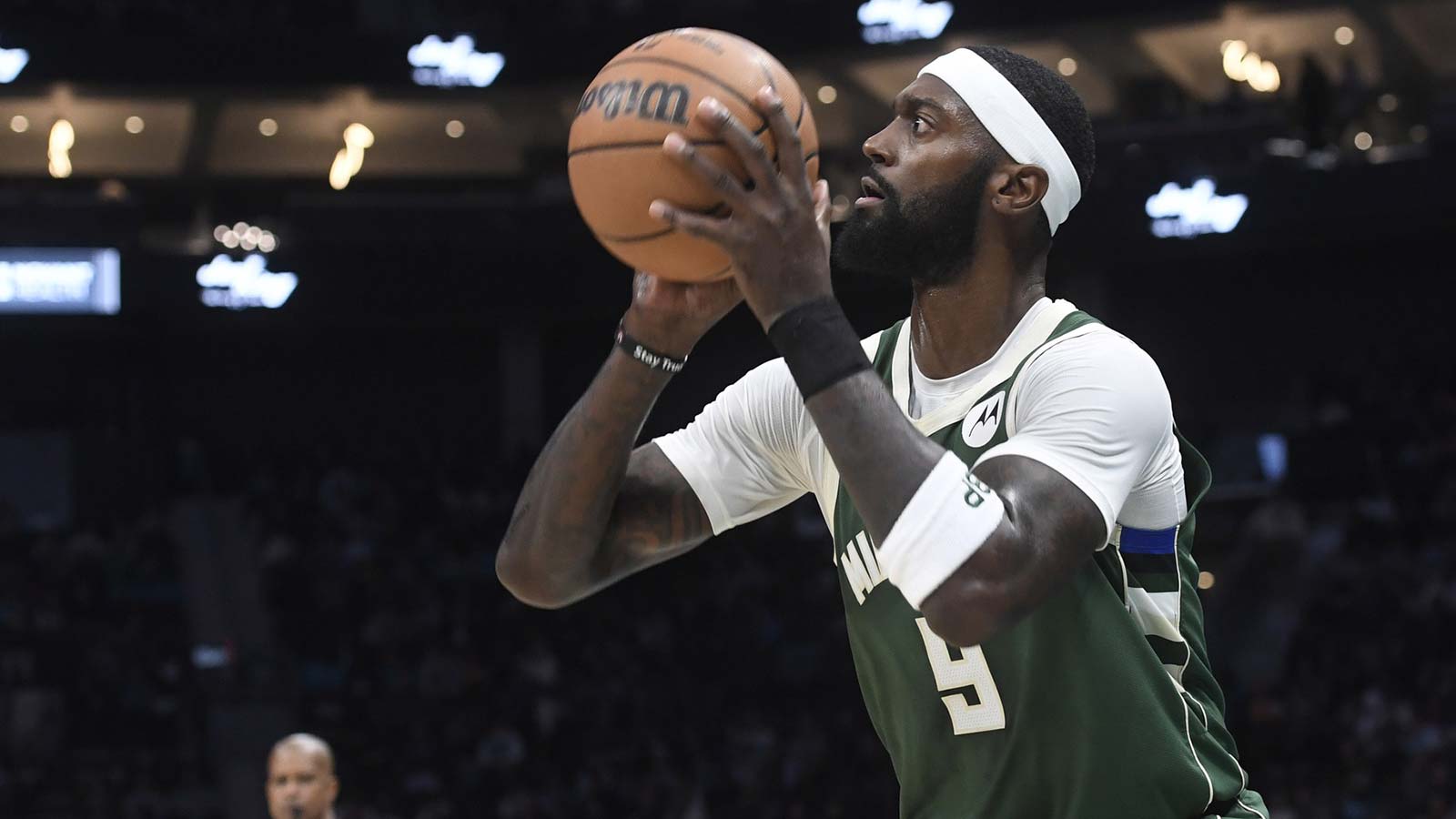J.R. Smith simply has that knack to constantly find himself in the midst of controversies. The most recent example of his quirkiness, the infamous NBA Finals Game 1 blunder, is still topping the meme charts, even four months after the head-scratching event. While numerous questionable decisions at both the private and professional level often make him the butt of all jokes, Smith recently got involved in a significantly more serious dispute, one that could have implications across the entire NBA.
Unlike in other major US sports, in which the skin of the athletes is mostly concealed, the standard NBA on-court attire offers the players plenty of room to express themselves by tattooing their bodies. Body ink has been promoted to the mainstream in the mid-90's, mostly thanks to Dennis Rodman and his flamboyant style, and has since become the integral of the NBA imagery and basketball culture in general.
Smith has wholeheartedly embraced that trend; his topless torso is featured in virtually all write-ups and galleries that touch upon the subject of tattoos in the NBA. However, the most recent addition to his body canvas, the logo of a renowned streetwear brand Supreme, has apparently riled up the NBA league office who immediately decided to take action.

According to the NBA, Smith has committed a major violation of Article XXXVII of the CBA, which states the following:
Other than as may be incorporated into his Uniform and the manufacturer’s identification incorporated into his Sneakers, a player may not, during any NBA game, display any commercial, promotional, or charitable name, mark, logo or other identification, including but not limited to on his body, in his hair, or otherwise.
In a vacuum, the situation is pretty clear – Smith has crossed the boundary he, as the part of the NBA collective, agreed upon, and should be penalized for that without further questions. Classic J.R., right? Of course it's that dimwit again who's unable to follow the simplest of rules, unlike the rest of the players who blindly abide by the regulations established by the NBA. Oh, wait.

Not to mention Kyle Kuzma, who sports a Ford tattoo despite Kia being the official sponsor of the league.
After initially being revolted at the league's resolution, Smith eventually decided to throw in the towel, likely tired of the constant scapegoating and being dragged through media under negative connotations. With his reluctant decision to comply, the controversy gradually died down, but the resulting status quo leaves a ton of questions unanswered.
First of all, the level of hypocrisy put on display by the NBA is straight-up baffling. While the idea behind instigating the rule Smith broke might be justified, as the NBA has to focus on protecting the interest of their sponsors in order to keep the money tap running, the associated double standards are not. It is evident from the above examples that the NBA readily turns a blind eye to the athletes who are in glaring violations of its rules, while others, like Smith, are getting ostracized for promoting unauthorized brands.
Why isn't Ball, whose father's company sells athletic apparel, getting caught up in all the drama like Smith is?* Where does the NBA draw the line in judging which brands do or do not endanger the exclusivity of its general sponsors? As things stand, it is not clear how the NBA intends to tackle that issue going forward.
*Ball did cover up his BBB tattoo in his preseason debut, but there wasn't any official statement regarding the issue from the NBA, nor a resulting back-and-forth like in Smith's case.
Next, it's the technical difficulties that accompany an attempt at pedantic implementation of such a rule. The size, form, position, level of abstractness and various other parameters pertaining to tattoos that might potentially lead to a violation aren't even remotely defined. Even if they were, the question is how the league plans on dealing with players who decide to add new ink to their bodies.

Can the players expect random skin inspection days throughout the season? Are tattoos that might show affiliation with a forbidden brand going to become equated to the abuse of PEDs? Is the league hiring a flat-rate ink removal employee for tattoos that cannot easily get covered up? The whole situation just reeks of a classic “playing with fire” scenario, and if the NBA continues insisting on imposing their agenda, it's just a matter of time before the players start negatively reacting to the oppression.
Finally, it's hard to shake off the impression that the NBA suddenly considers interfering with players' personal freedoms a legitimate course of action. Athletes who decide to express their individuality by altering their own bodies will have to think twice before they proceed, as the higher-ups are now furiously waving with fines in front of their noses, waiting for any hint of noncompliance. At the moment, it may seem harmless since it's only Smith who got caught up in the mess, but the message the league is sending across is completely misplaced.
Since the league is now suggesting they have at least partial ownership over players' bodies, it is unclear what will refrain them from upping the ante at some point in the future. Right now, they are content with restricting what player can and cannot put on display on their bodies. What if the sponsors, seeing they get a pass on their demands, get a bit more greedy though? Will we see rookies entering the league get branded with the NBA logo and the logos of various official sponsors like cattle? Hyperbolic assumptions aside, personal freedom has to continue being viewed as sacred, not only in the NBA, but across all sports, and any attempt at disrupting it needs to be openly criticized.
Motivated by nothing else but financial gain, the NBA turned a virtually non-existent issue into a potential ticking bomb at the expense of its players. While the league frequently displayed a relatively progressive stance on a lot of political and social issues, especially under Adam Silver's reign, this whole controversy surrounding players' tattoos seems like an unnecessary step in the wrong direction.








